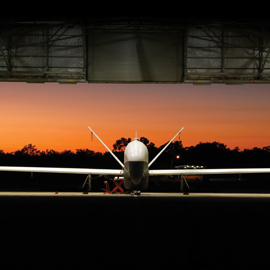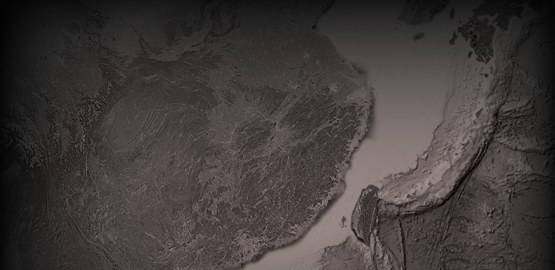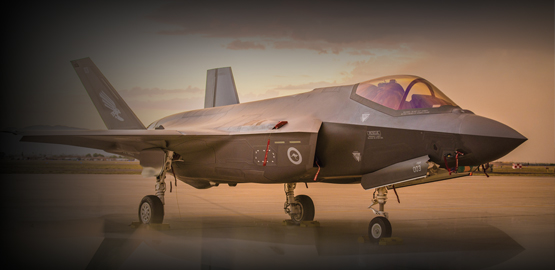[L]et's assume the United States insists on the more robust option of maintaining an actual no-fly zone over Syria. In Iraq, for example, the U.S. much of the air force intact on the ground opting to patrol the skies. How much would that cost?
According to Todd Harrison, senior fellow for defense budget studies at the Center for Strategic and Budgetary Assessments (CSBA), it depends first on the size of the zone one's patrolling.
"The larger the area you cover," said Harrison, "the more aircraft you have to have covering it at any given moment. And the amount of time you have aircraft in the air patrolling are driving the cost."
Flight hours, he said, drive the cost "more than anything."
The no-fly zones over Iraq covered 104,600 square miles. And in addition to the size of the zone, Harrison calculated the distance U.S. fighters flew from regional bases. The northern watch operated out of Turkey; the southern leg out of Saudi Arabia. But the bigger cost factor there was the time spent in the air on patrol rather than flying time from the bases to the zones, he said.
In Iraq, the per-flight hour cost was tied to operational tempo -- the number and pace of sorties, which require fuel and manpower. The price ranged from roughly $7,000 per square mile in the less active years to $23,000 when sorties were at their highest.
One way to limit that cost is to shrink the zone, or to keep aircraft out of the zone but defend it from afar using standoff weapons that can shoot down intruders.
"It's a matter of do you want to control the airspace or deny them use of the air space. Control versus denial is the first question," he said. "Denial is easier and less and expensive. Control requires more resources."
Additionally, the number of allies and partner forces that join in the operation would drive down costs to U.S. taxpayers.
Harrison said that CSBA's extensive cost prediction for a no-fly zone over Libya gives some insight into what a Syrian mission would cost. CSBA calculated in March 2011 that a "limited no-fly zone" just for the 230,000 square miles of populated Libyan territory north of the 29th parallel would cost $30 million to $100 million per week, or for over six months, roughly $1billion to $3.5 billion.
But CSBA's prediction turned out to be two-thirds more expensive than the actual cost of the mission to the U.S. because two-third of the sorties ended up being flown by foreign aircraft -- yet another factor to consider.
By far, cruise missiles account for a large chunk of the total cost of any no-fly zone, no matter what comes next.
"A substantial cost of [the Libya] operation was incurred in the first week of that campaign," he said. There, on March 19, 2011, the United States began with bombs dropped from B-2 bombers flown from Missouri and launched 200 Tomahwawk cruise missiles.
So, on the back of the E-Ring's monogrammed napkin, we find that all of Syria is about 71,000 square miles, or 31 percent the size of the Libyan no-fly zone. That puts the cost to sustain a no-fly zone over all of Syria at about $9 million to $31 million per week.
But it's likely that the United States and its allies would only need to patrol a much small areas, so the cost should be even less/.../



























